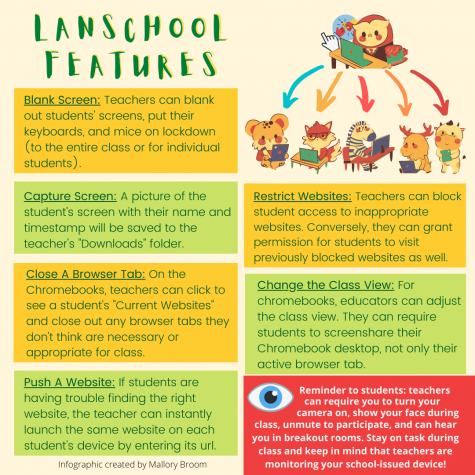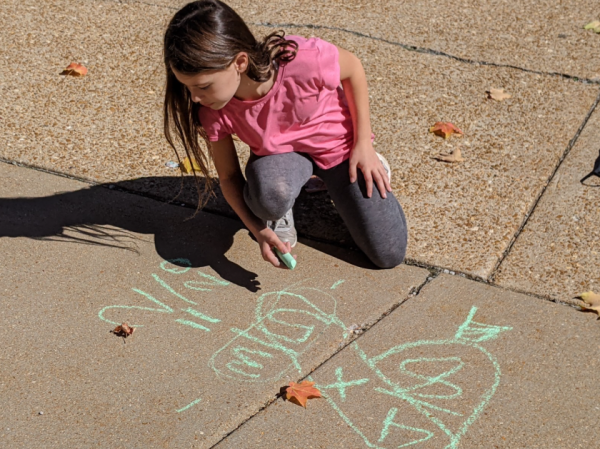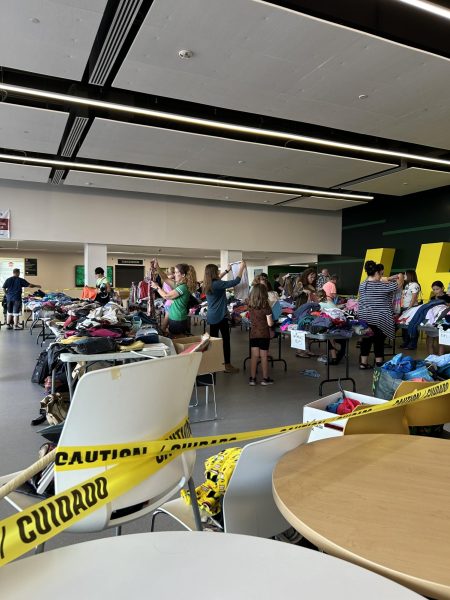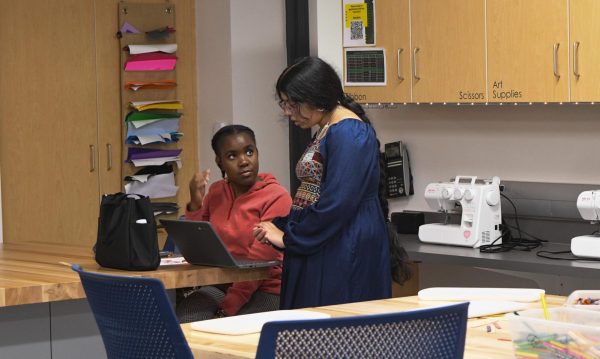Big Brother Is Zooming With You
 Do teachers know their students’ every move on Zoom? The short answer would be no. Teachers don’t know about every action, but they are likely aware of much more than most students realize. The truth is, as opposed to the early weeks of online school last fall, teachers now have many new tools and abilities for their online classrooms.
Do teachers know their students’ every move on Zoom? The short answer would be no. Teachers don’t know about every action, but they are likely aware of much more than most students realize. The truth is, as opposed to the early weeks of online school last fall, teachers now have many new tools and abilities for their online classrooms.
Keith Loveless (Technology Support Specialist) has been involved with the district’s strategy to protect students and teachers during virtual classes.
“If teachers have a class where there’s only one student and they’re on Zoom, they have to record the session for legal and safety reasons,” Loveless said.
Students likely noticed an application called LanSchool on their shelf of available apps for school-issued Chromebooks. LanSchool, an app developed by Lenovo, the company which manufactures Lindbergh’s Chromebooks, monitors classroom learning on Zoom. LanSchool includes a variety of features, including monitoring battery status, limiting web access to approved websites and disabling internet access altogether during assessments. Another feature, which Lindbergh intends to use, is called thumbnail monitoring.
“[Through thumbnail monitoring], a teacher can see students’ screens in the classroom. If there are technical issues, it can allow the teacher to remote control to the student computer if needed. It’s not automatic, but the teacher could use it to troubleshoot. This is optional. It’s up to the teacher to decide,” Loveless said.
Another part of LanSchool’s software is the push website feature, where teachers can instantly launch the same website on every classroom device to ensure students are always on task.
Second semester expectations for students increased, as teachers are encouraged to require students to turn their video on, find a quiet space, be ready to unmute to answer questions and add a profile picture of themselves to their account. Julie Durham (Business Department) saw the new video requirements as a positive change.
“The hardest part of teaching on Zoom is that so many students are scared to show their face. It’s really hard to talk to the top of someone’s head or a blank wall. I know there’s a lot of different reasons why they might not want to be on screen, but I just wish that students would jump on the screen more so we can be more involved,” Durham said.




